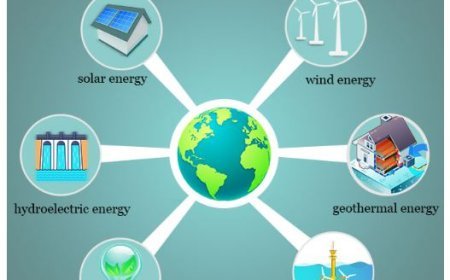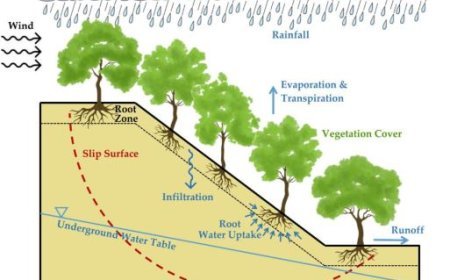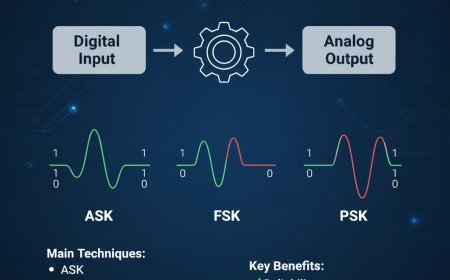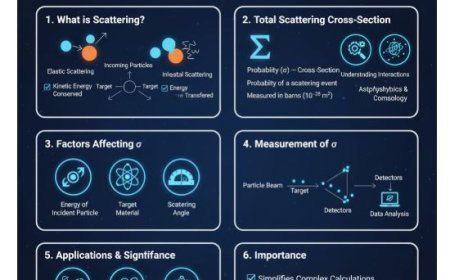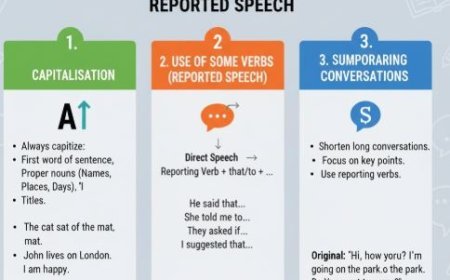EVOLUTION OF VERTEBRATES THROUGH GEOLOGIC TIME
Explore the evolution of plants from ancient algae to modern flora.
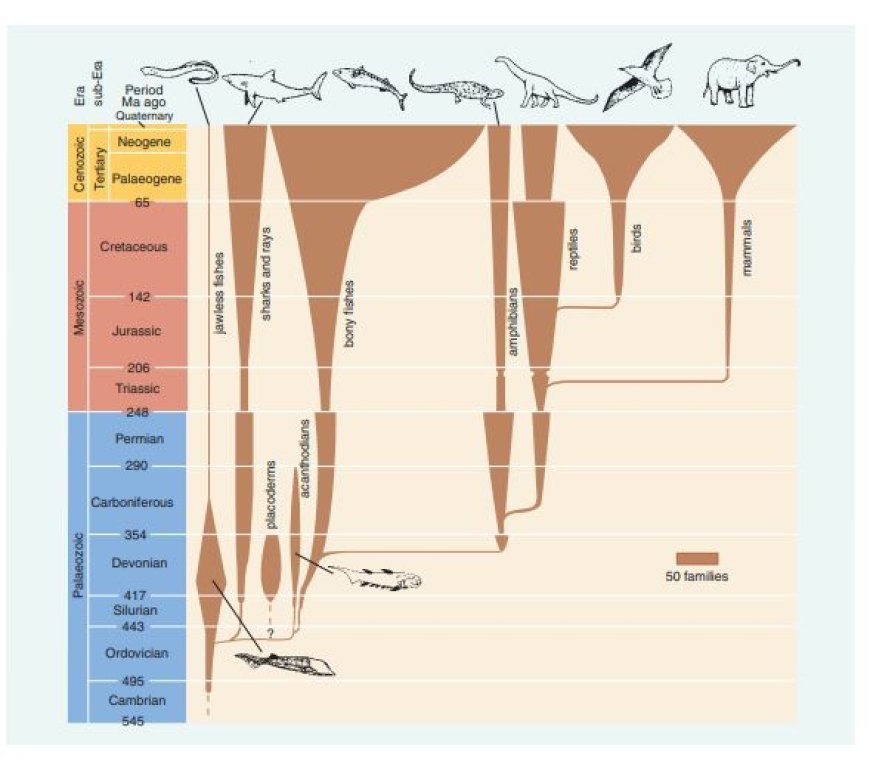
Evolution of Vertebrates Through Geologic Time
- The history of vertebrates is interesting, spanning hundreds of millions of years.
- Fish, amphibians, reptiles, birds, and mammals are all vertebrates, or backboned creatures.
- Understanding the development of vertebrates across geological time can help us comprehend how complicated life is on Earth.
- Early Vertebrates: The Cambrian Period (about 541–485 million years ago)
- Vertebrates first appeared during the Cambrian Period.
- Agnathans were primitive fish-like organisms with no jaws.
- Fossil evidence, such as Myllokunmingia, sheds light on the early evolution of vertebrate morphology.
- The Cambrian Explosion was crucial for increasing biological diversity throughout this time period.
- Early vertebrates adapted to various ecological niches.
- The Silurian and Devonian Periods, or around 443–359 million years ago, are when jawed vertebrates first appeared.
- During the Silurian epoch, vertebrates gained jaws, resulting in jawed fish or gnathostomes. This was crucial since jaws allowed for more effective feeding methods.
- Famous Groups: armoured fish known as placoderms thrived throughout the Devonian period.
- In addition, cartilaginous fish, such as sharks, began to emerge.
- Challenges and Adaptations: Fish evolved via competition and predation, leading to variety.
- Transition to Land: The Devonian Period
- Tetrapods, or land-based vertebrates, emerged in the late Devonian period. This change was essential to vertebrate evolution.
- Key Species: Tiktaalik, a fish-like organism, possessed limbs that could support their body weight on land, bridging the gap between fish and vertebrates.
- Climate change, including the formation of shallow seas and marshes, has led certain fish to adapt to terrestrial life.
- Amphibian Age: Carboniferous Period (about 359–299 million years ago)
- Amphibian dominance: As tetrapods emerged, amphibians became more ubiquitous.
- Early forms, such as Acanthostega and Ichthyostega, were adaptable to both land and water.
- Amphibians evolved to breed on land but still needed water to lay eggs.
- The Rise of Reptiles: The Permian Period (Approximately 299–252 Million Years Ago)
- Reptiles evolved from amphibians during the Permian period.
- The creation of amniotic eggs enabled reptiles to breed apart from water, which was an important adaptation for life on land.
- Reptiles evolved into many forms, including early synapsids and diapsids. This epoch laid the groundwork for major evolutionary branching that led to birds and mammals.
- The Mesozoic Era, which spanned around 252–66 million years, had mass extinctions
- The Permian-Triassic Extinction, which wiped out 90% of life, led to the development of reptiles and dinosaurs throughout the Mesozoic era.
- Dinosaurs dominated land ecosystems, developing from tiny to large predators and herbivores.
- Archaeopteryx, the first real bird, emerged from theropod dinosaurs in the late Jurassic era, marking the start of avian evolution.
- The Rise of Mammals: The Mesozoic-Cenozoic Transition (Approximately 66 Million Years Ago to Present)
- The K-T Extinction Event, which occurred at the end of the Cretaceous epoch, caused dinosaurs to become extinct. This freed up ecological niches for mammals to thrive in.
- Mammals have developed into diverse forms, such as placental mammals, marsupials, and monotremes. This diversification happened quickly in the following Paleogene era.
- Human Evolution: Primates evolved into hominids and then modern humans.
What's Your Reaction?









